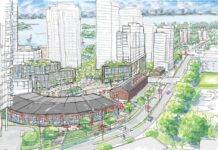In Greater Victoria’s local business community, true changemakers often work behind the scenes — solving problems, pushing boundaries and building momentum where few are watching. These five individuals may not always be in the spotlight, but their steady work continues to carve out a more business-friendly work of art.
Creating strategies to address downtown business concerns, steer international airport strategy, rethink disaster response, lead progressive construction and shape Indigenous legal frameworks — Jeff Bray, Elizabeth Brown, Shaw Carby, Rory Kulmala and Val Napoleon are each sculpting the city in their own way.

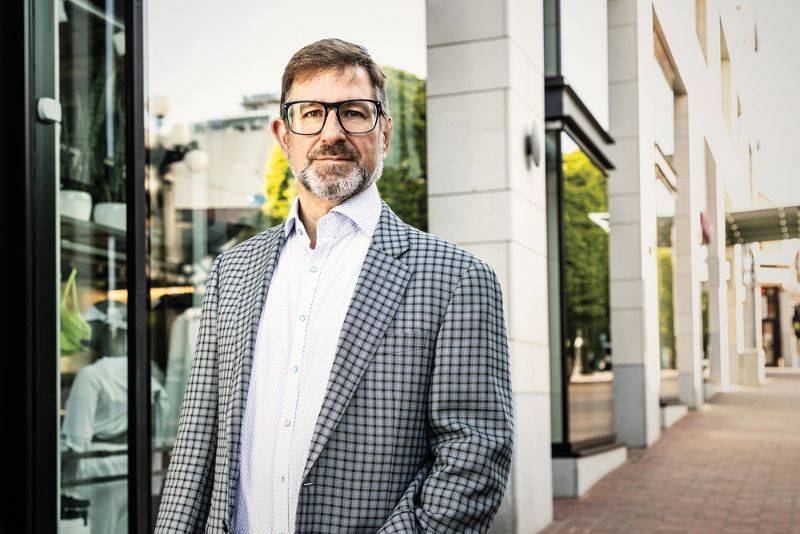
JEFF BRAY
Executive Director, Downtown Victoria Business Association
Jeff Bray has had a many-faceted career.
He worked in government, was a one-term Liberal MLA for Victoria-Beacon Hill and managed government and regulatory affairs for Shaw Communications (now Rogers).
“I’ve been on both sides. I’ve written treasury board decisions and I’ve received them,” he says.
Bray became interim executive director of the Downtown Victoria Business Association in November 2017, and within months was named permanent ED.
“We have a tremendous cross-section of commercial businesses,” he says of the DVBA’s 1,800-plus members. That variety affords the opportunity to get a good feel for what’s happening in all sectors, he adds.
DVBA’s main function is to be the “authority of all things downtown,” which means promotion, marketing and making downtown a place that people want to visit. Bray has been a stellar agent in those departments, but he’s quick to credit his effective DVBA team. “I know how to step out of the way when they’re doing their good work,” he says. One example of that good work? The DVBA Clean Team removed over 15,000 graffiti tags last year.
“No one’s going furniture shopping from Central Saanich on their cargo bike.” — Jeff Bray
Much of Bray’s efforts involve working with a diverse collection of association members to address their concerns, which often means liaising with all three levels of government.
Recently, he has been pushing for a shift in how the region responds to downtown challenges. One such challenge is the perception of downtown as a disorderly and risky place. Ground-floor retailers have been hit with theft and property damage, and shoppers are feeling leery about visiting.
For Bray, waiting for the ideal solution isn’t good enough. He has been pushing for a shift toward practical and immediate action. “We can’t wait for the perfect building.
Bring in ATCO trailers — they’re good enough for kids who go to school,” he says, referring to housing for the unhoused.
He’s also challenging downtown’s parking and drivability. Bray agrees that infrastructure work needs to happen, but he questions the expansion of bike lanes. “No one’s going furniture shopping from Central Saanich on their cargo bike,” he says. He’s also calling out the compounding impact of fees/taxes/permits, which hurt operations and limit a business’s ability to raise prices. Bray says that even a $1 increase can be a dealbreaker for a small business.
While advocating for a more grounded, business-savvy approach to civic problem solving, Bray must be doing something right. In 2023 and 2024, Condé Nast readers voted Victoria as the best small city in the world.

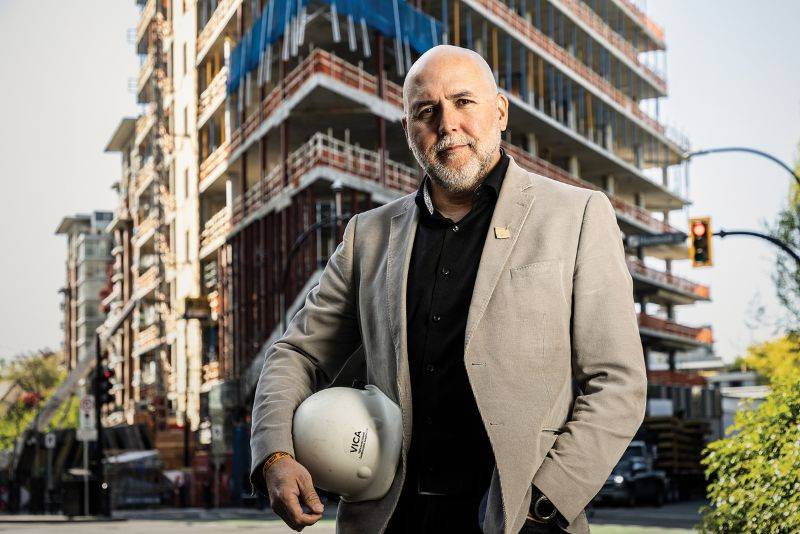
RORY KULMALA
CEO, Vancouver Island Construction Association
Now in his eighth year as CEO at the Vancouver Island Construction Association (VICA), Rory Kulmala leads an organization that supports the construction industry through advocacy, education and connection. VICA’s 450-plus membership spans the industry from builders, professional service providers, project owners and students. “The [construction] culture is committed,” says Kulmala. “We want to get things built.”
Construction is an area that’s vital to national growth, Kulmala says. But these are uncertain times. “How do we create resilience in our own economy?” he asks. “My goal is to align with the business community and bring our perspective.”
One way VICA makes its voice heard is via direct communication with government representatives and industry leaders to advocate for fair policies for its members. “We’d rather be at the table than on the menu,” says Kulmala.
When it comes to Greater Victoria’s construction industry, amid the U.S.’s escalating-then-retreating tariff threats and a volatile interest-rate environment, caution is crucial. Premier David Eby has committed to building more infrastructure as debate roils over unattainable housing targets. “My goal is to plan for the worst,” Kulmala says of a construction environment that is susceptible to government edicts.
“We’d rather be at the table than on the menu.” — Rory Kulmala
VICA makes great efforts to keep its members informed about industry developments and opportunities. Among its key initiatives is the continuation of the Tailgate Toolkit program launched by VICA five years ago to educate and help employers and employees address the ongoing crisis of illicit drug poisonings. The program’s success has led to its adoption provincewide and, more recently, by the City of Calgary.
Prompt payment is another of Kulmala’s advocacy efforts as B.C. has no protection/ guarantee that contractors will be paid on time. There is currently nothing compelling a customer to pay a $200,000 invoice within 30 days, and delays can be a death knell for small firms.
And, as many local businesses can attest, attracting and retaining workers remains a challenge. Kulmala is working to change that by raising awareness and pushing for better access to training and career paths. It’s not just carpenters, plumbers and electricians who are needed, but concrete finishers, bricklayers and crane operators. He believes that it should be easier for people to enter the trades as well as to see a career in them.
In these somewhat truculent times, Kulmala considers VICA as both sword and shield advocating for growth while defending the industry from challenges. “We support growth, but we’re aware of the Headwinds.”
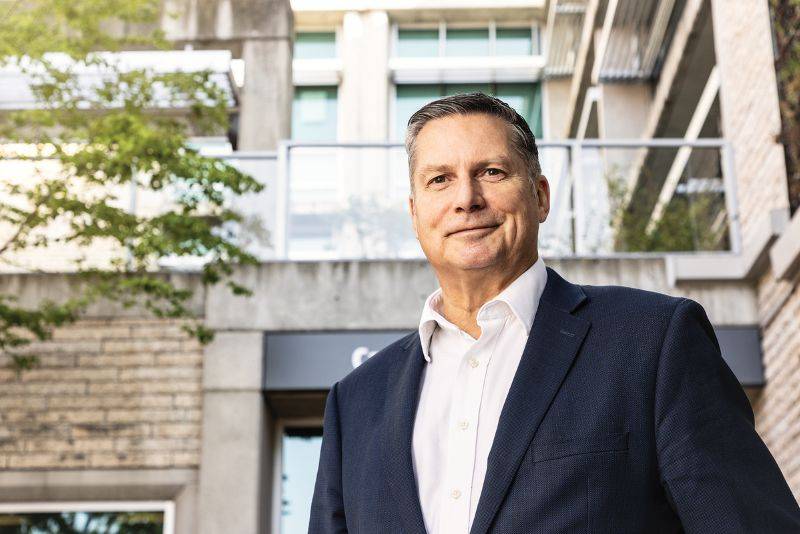
SHAWN CARBY
Senior Manager, Protective Services, Capital Regional District
With over three decades of experience in emergency management and protective service across Canada, Shawn Carby has become a trusted voice in crisis planning.
One of the tools he helped bring to life is the CRD’s newly created Emergency Dashboard, a comprehensive online tool kit with a real-time information portal for everything from power outages and weather warnings to wildfire smoke or emergency alerts.
But ever-present in his preparedness psyche are the tremblers. “The potential for a catastrophic earthquake is real,” says Carby. “There’s a one-in-three chance in Greater Victoria in the next 30 years that we’ll have an earthquake.” If and when it happens, Carby says that basic services will disappear for some time. His work behind the scenes is aimed at ensuring the community is ready when that day arrives.
“Delivering care to those in need has given me an awareness of what we may have to face here.” — Shawn Carby
The basic services affected could include food and fuel shortages, damage to transportation infrastructure impeding doctors from getting to hospitals or injured workers unable to perform critical services. “Businesses should think about what they can do to make their business more resilient,” says Carby. “Do a business- continuity assessment. How would I run my business, if …” Those ifs include a severed supply chain, reduced staff, disrupted phone and internet access, damaged business premises and power or water outages.
Carby says businesses should adopt a critical mindset and think about how they would respond to crises like a small or large fire, flood, waterline break, severe staff shortages or unavailable supplies. A critical mindset includes having off-site records, heeding warnings about securing premises, protecting windows, ensuring alternative communication systems are available and ensuring staff are prepared.
Carby’s international volunteer work has informed his domestic mindset. He was on the ground in Nepal after the destructive 2015 earthquake and in the Philippines following a typhoon, as well as carrying out disaster relief work in Armenia and Ukraine. “Delivering care to those in need has given me an awareness of what we may have to face here,” says Carby. “I believe in helping people in crisis, whether local, other Canadians or in international situations.”

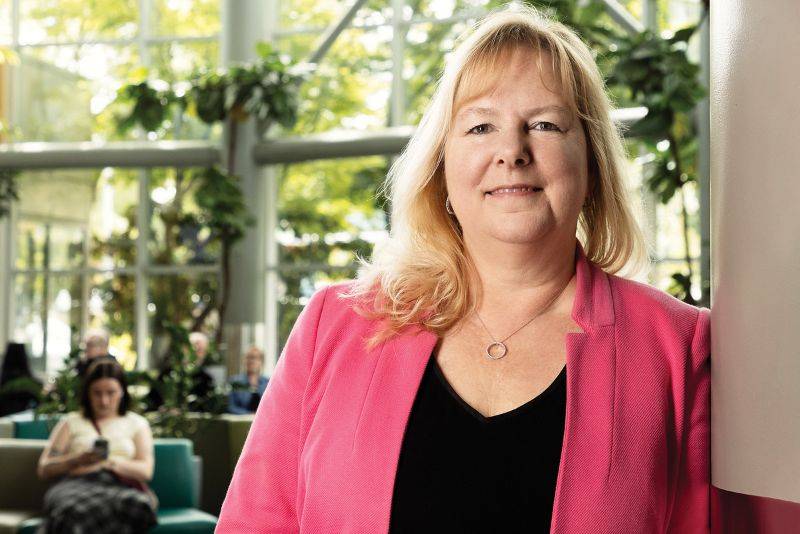
ELIZABETH BROWN
President and CEO, Victoria Airport Authority
With the number of travellers coming through Victoria’s airport almost back to pre-COVID levels, Elizabeth Brown is hard at work building momentum that will take the city’s airport to new heights.
As the president and CEO of the Victoria Airport Authority since 2023, Brown brought her high-flying experience back to Canada after spending almost 16 years working in airports in Jamaica and the U.S. “What was meant to be three years turned into 15 years,” Brown says of her international career. “But I learned a lot. I have a very good understanding of the Canadian, U.S. and international airport systems.”
Brown began her career in 1993 at the Edmonton International Airport, later working in various roles at the Sangster International Airport in Jamaica. In 2015, she helped develop the Cross Border Xpress, a cross-border, pedestrian facility that connected San Diego to Tijuana International Airport, the only one of its kind in the world. By 2017, she became the general manager at the privatized Orlando Sanford International Airport in Florida, which served about three million passengers annually.
Now back in Canada, Brown’s expertise is shaping key decisions that will affect the future of Victoria’s airport. “There’s so much potential here,” she says of Greater Victoria. “I want to put my knowledge toward this airport and its great market.”
“There’s so much potential here. I want to put my knowledge toward this airport and its great market.” — Elizabeth Brown
In 2024, the Victoria airport transported just under two million fliers. It is ranked as the 11th busiest airport in Canada and has been rated one of the top 10 most- loved airports in the world by CNN Travel.
Brown’s vision for YYJ includes creating a business development department and attracting more ground and air services.
In fall 2023, Porter Airlines began a non- stop service from Victoria to Ottawa. And Brown hopes to target desired markets that are currently not being served, including San Francisco, Los Angeles, Halifax and London, U.K. “We will be proactively talking to airlines to get more services.”
Increasing the airport’s services means improving its facilities. Construction is currently underway on a new air traffic control tower, expected to be completed in 2027, and construction on a three-storey, 129-room hotel is expected to be finished later this year.
Brown is also a part of ensuring the airport hits its goal of becoming carbon neutral by 2030.
Prudent planning is required to find the balance between what the market can bear and what passengers demand. “Our job at Victoria International is to listen to the business community, hear what they’re saying and deliver,” she says.

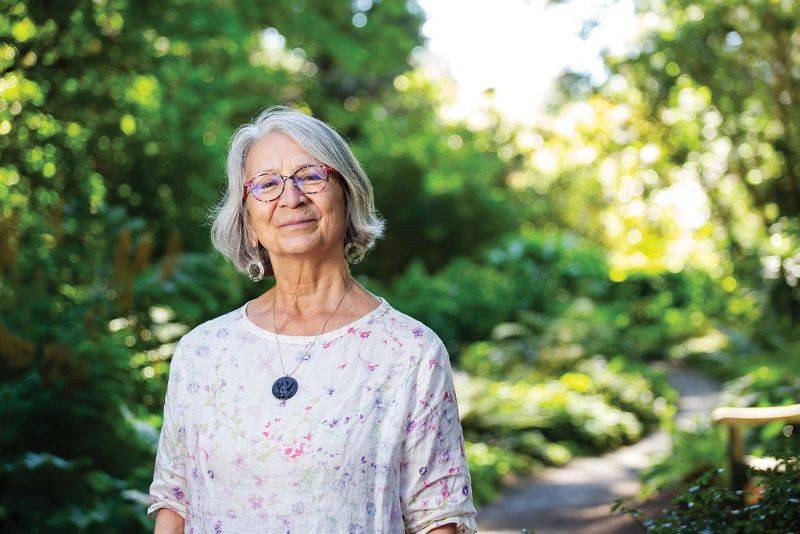
VAL NAPOLEON
Professor, Law Foundation Chair of Indigenous Justice and Governance, Faculty of Law, University of Victoria
Val Napoleon has been a massive change agent since deciding to attend university as a 42-year-old grandmother. A Saulteau First Nation member from northeast B.C., Napoleon earned a University of Victoria law degree in 2001, followed by a PhD in 2009. She joined UVic’s Faculty of Law in 2012 and that same year helped to establish the Indigenous Law Research Unit (ILRU).
ILRU’s focus is to revitalize Indigenous law and governance not only in B.C., but across Canada and in Indigenous communities everywhere. People travel from around the world to learn the complexities and beauties of Indigenous law. “When we look at Indigenous law, we look at all aspects … family, governance, harms and injuries, lands and water,” says Napoleon, who is also a painter, her specialty being trickster ravens.
Building on ILRU’s niche success, six years later Napoleon was the leading agent behind UVic’s joint Canadian common law and Indigenous legal orders degree program, the first of its kind anywhere.
“We need to have complex conversations to solve problems. Law is not dry. We can have interesting conversations.” — Val Napoleon
The four-year joint degree/joint Indigenous degree (JD/JID) program uses Indigenous/Cree and Canadian laws and graduates earn two professional degrees. Two 25-person cohorts have graduated to date, says Napoleon. “Everybody needs a coherent legal universe. We sometimes don’t appreciate the extent to which law is woven around us. So how do we create legal meaning in the world?” Napoleon says. “There’s always the promise and failure of law.”
A recent project with the Secwépemc Nation has produced a law-informed document, “Do You Belong?” Three key questions raised are applicable not only to Indigenous peoples, but any group, even a business collective. The questions: How do you become kin? Then, if kin, what are your obligations? If you fail your obligations, what are the remedies?
In her deep work around Indigenous law and practices, Napoleon says that the laws used by Indigenous peoples, which in Canada function under 12 language groups and 55 societies, can be used today to solve problems, be they in business or personal realms. “In terms of the business community, the hope is for a coherent legal universe and stability,” says Napoleon. “We need to have complex conversations to solve problems. Law is not dry. We can have interesting conversations.”




